The classic “old-school vs. new-school” dilemma—this is where the heart of design decisions really beats—the tried-and-true permanence of traditional wallpaper for walls versus the fun, flexible, and modern appeal of peel-and-stick.
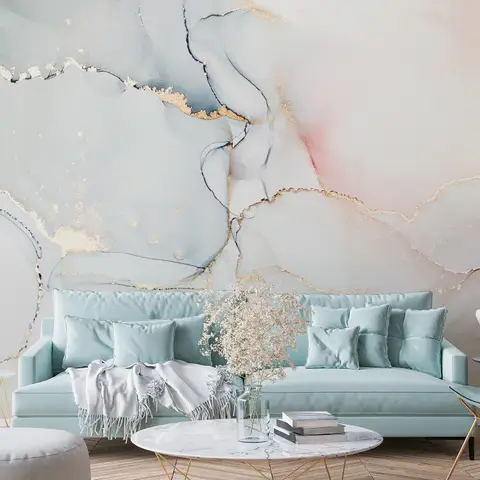
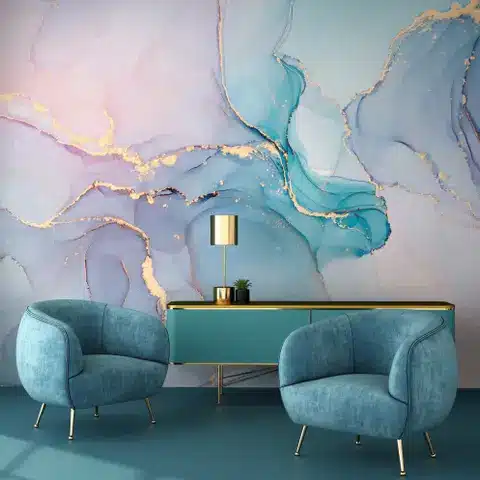
Peel-and-Stick: The Modern Muse
It’s all about matching the spirit of your project and the mood you want in your space. Are you craving adventure and freedom? Peel-and-stick lets you play, change, and experiment. It’s like jazz—you riff, you improvise, and you’re never locked in.
Pros
- No-Commitment Creativity—Like a great playlist, you can change it up whenever the vibe shifts. Move, redecorate, try a new pattern—no sweat.
- DIY Dream—No glue, no mess, no professional installation needed. Perfect for renters, students, or anyone who wants to refresh a space over a weekend.
- Damage-Light—Designed to come off clean (usually!), so you’re less likely to damage your walls or lose your deposit.
- Test-Drive Trends—Want to try a dramatic mural or a bold geometric print? Peel-and-stick makes it low-risk.
Cons
- Not All Walls Welcome—Textured or freshly painted walls can be a challenge. Some surfaces—especially with matte finishes—may lose paint upon removal.
- Durability—Great for a few years, but may peel at the edges in humid rooms or high-traffic areas.
- Finish & Feel—While quality has improved, some products can still look or feel a bit “plastic-y” compared to classic paper or fabric-based options.
- Cost—High-quality peel-and-stick can be pricier per square foot than you’d expect!
Best for apartment dwellers, commitment-phobes, kids’ rooms, trend chasers, those who love to switch things up.
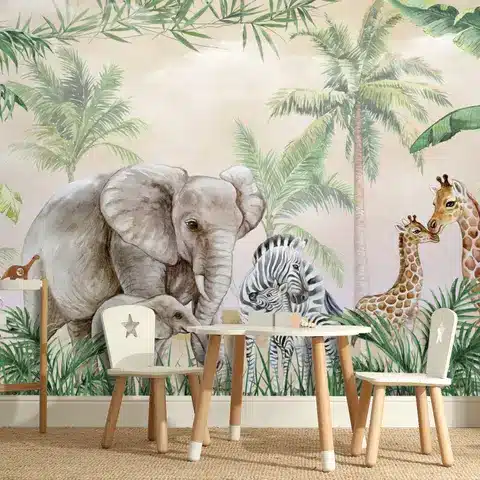
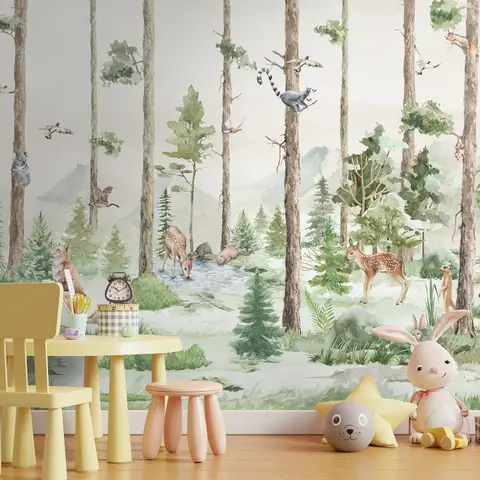
Traditional Wallpaper: The Enduring Classic
These are best for homeowners, long-haul renovators, anyone seeking lasting luxury, “legacy” spaces like dining rooms, foyers, or grown-up bedrooms. Are you building a sanctuary or a legacy? Traditional wallpaper is like a classic symphony—deep, lasting, and full-bodied. It’s an investment in the atmosphere of your home.
Pros
- Longevity—Once it’s up, it’s staying put. Decades are no problem for a well-installed traditional paper.
- Richness—Wider range of textures, finishes, and artisanal options (think: grasscloth, metallic foils, hand-painted papers).
- Seamless Look—Professionals can match patterns and seams perfectly for a truly “built-in” look.
- Perceived Value—Traditional wallpaper can add a sense of sophistication and permanence—great for resale or “grown-up” rooms.
Cons
- Installation—Usually requires paste, patience, and possibly a pro. Mistakes can be expensive to fix, and maybe even some drama.
- Removal—Can be a real project—think steamers, scrapers, and a bit of elbow grease.
- Commitment—Harder to change on a whim, so you need to really love the pattern.
- Surface Prep—Walls need to be smooth, primed, and sometimes lined for best results.
Try to combine both! Use traditional paper for those “forever” spaces where you want soul and gravitas, and reserve peel-and-stick for accent walls, hallways, or spots you might want to refresh often (like a home office or creative nook).
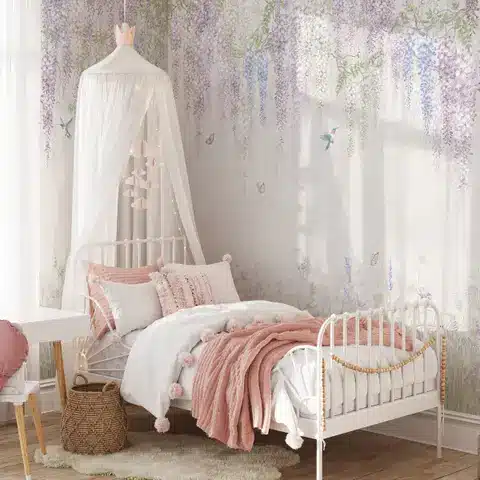
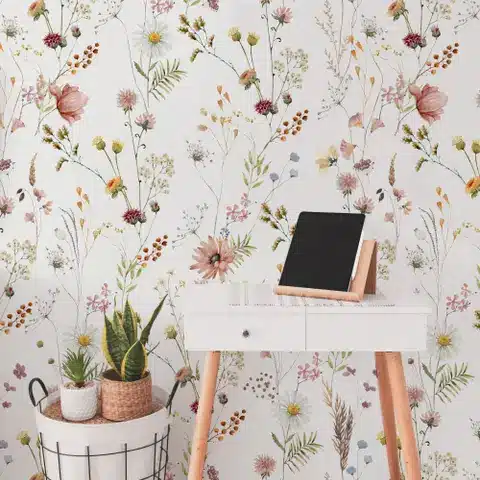
How Strict Are Manufacturer Instructions?
Manufacturers want to keep things safe and foolproof, so their instructions are conservative. It’s about minimizing complaints, not stifling creativity. If you’re the one of design rebel kind, here’s how to “read between the lines” smartly:
- Know the risks, then break the rules mindfully. If a wallpaper says “not for bathrooms,” it’s likely about humidity. But if you have great ventilation or are using it above tile, you might be fine.
- Test first! Always sample a small area before committing.
- Ask the experts—Sometimes, a quick email to the manufacturer or a visit to a wallpaper store yields tips for “off-label” uses.
- Hybrid solutions—For tricky spots, consider sealing traditional wallpaper with a clear varnish, or using peel-and-stick in the bathroom with extra adhesive for security.


Limitless Wallpaper Design
Sometimes the most inspired spaces come from bending (or elegantly sidestepping) the “rules.” The best rooms have a bit of rebellion, curiosity, and personal ingenuity woven right in.
Peel-and-Stick in the Living Room?
Peel-and-stick isn’t just for rentals or quick fixes anymore—manufacturers have seriously upped their game. If you find a design you love, don’t let the format hold you back. Here’s what to watch for:
- Choose quality—Go with reputable brands (like Chasing Paper, Tempaper, or Wallshoppe) for better color, texture, and adhesive.
- Surface prep—Your wall should be clean, dry, and as smooth as possible. Paint that’s too matte or chalky can sometimes cause adhesion issues.
- Longevity—If your living room is a high-traffic area, just check that edges are sticking well. A gentle run of a wallpaper seam roller can help.
- Pro move—For a more “built-in” look, frame your peel-and-stick panel with molding or paint a matching border—it’ll look like a designer install.
If the design sings to you, let it take center stage! There’s no law against joy.
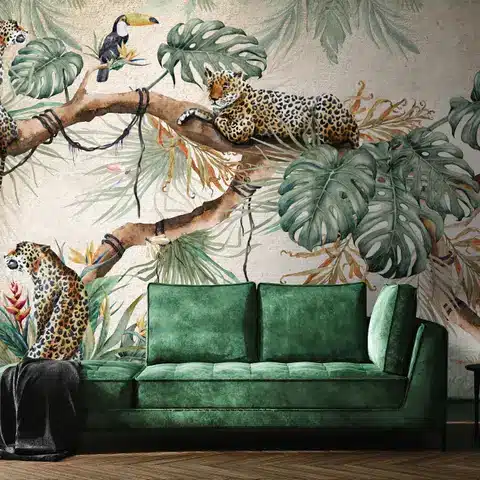

Traditional Wallpaper in the Kids’ Room?
There’s an old notion that kids’ spaces should be all about “wipe-clean” surfaces, but there’s something magical about giving them real materials and teaching respect for their environment.
- Manners & Mindfulness—Letting your kids grow up around beautiful, “grown-up” things teaches them care and attentiveness. It says, “I trust you with beauty.”
- Choose Wisely—If you’re worried, avoid delicate finishes like grasscloth or silk—go for durable, scrubbable vinyl or coated papers. Many traditional wallpapers now have a protective layer.
- Repairability—With a little extra wallpaper saved, small “oopsies” can often be patched.
- Involve Them—Have your kids help choose the pattern. When they’re invested, they’re more likely to treat it with care. You’re not just decorating, you’re setting a vibe: “Our space matters, and so do you.”
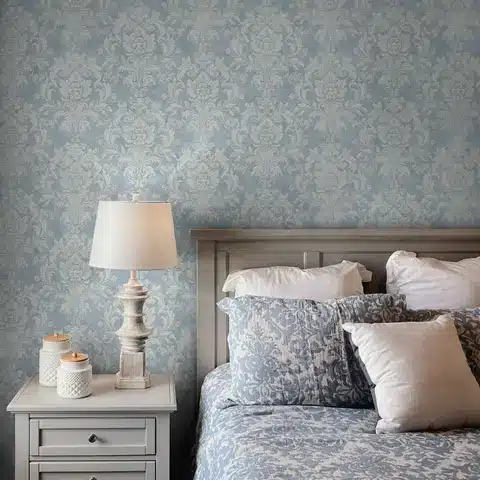
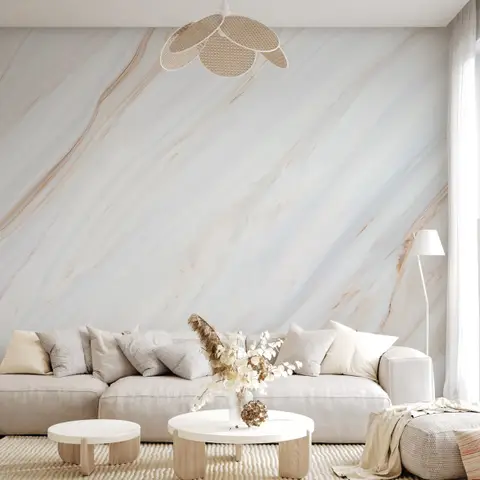
Traditional Wallpaper in the Kitchen?
This can be a showstopper—if you’re strategic. The kitchen is the heart of the home—why not let it reflect your style?
- Light & Placement—Keep it away from direct splashes (like behind the stove or sink), or use glass/acrylic splashbacks to protect delicate areas. Just think it through.
- Ventilation—Good airflow prevents moisture buildup behind the paper. And permanent fresh air must be very welcomed in the kitchen, right?
- Material Matters—Look for washable or vinyl-coated traditional wallpapers. They’ll stand up better to the occasional kitchen mishap with less worries for you.
- Accent Walls—Consider just one wall or a section, paired with tile or paint elsewhere, for style and practicality. Maybe, near the table where you used to have a break and simply enjoy the rest. We used to create reading nooks, why not make one joyful right where you spend the most of your time (respect your inner Chef!).

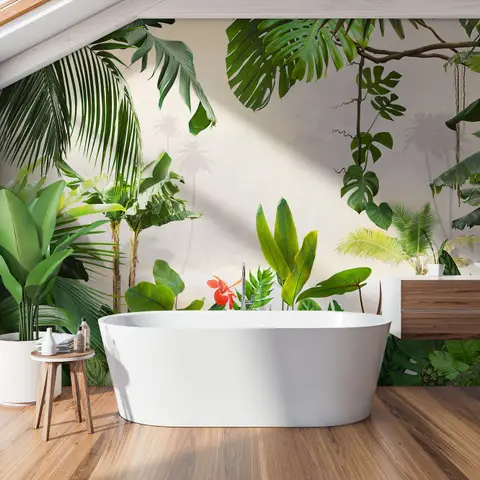
Questions List to Clarify Your Choice
- How long do you want this look to last?
- Are you in your “forever” home or just passing through?
- Do you love to experiment, or do you crave a sense of rootedness?
- Will humidity, little hands, or pets be a factor?
- What’s your budget—just for now, or for the next decade?
The Smartest Approach
- Start with what you love, not what’s “expected.” Let your style and the feeling you want guide your choices.
- Balance risk and reward—Breaking rules is fun, but do a little research first to avoid heartbreak later.
- Mix and layer—There’s no law saying you can’t have both peel-and-stick and traditional in the same home, or even the same room!
- Let your space grow with you—The best interiors evolve over time. Leave room for future changes.
- Celebrate the process—Every “mistake” is a lesson, every happy accident a new tradition.
You’re the artist, the rule-bender, the magician of your own four walls. When you approach design with curiosity and care, you can turn any material into magic, and any room into a sanctuary. Shine on—your limitless perception is what makes your spaces truly unforgettable!
- 0shares
- Facebook0
- Pinterest0
- Twitter0


